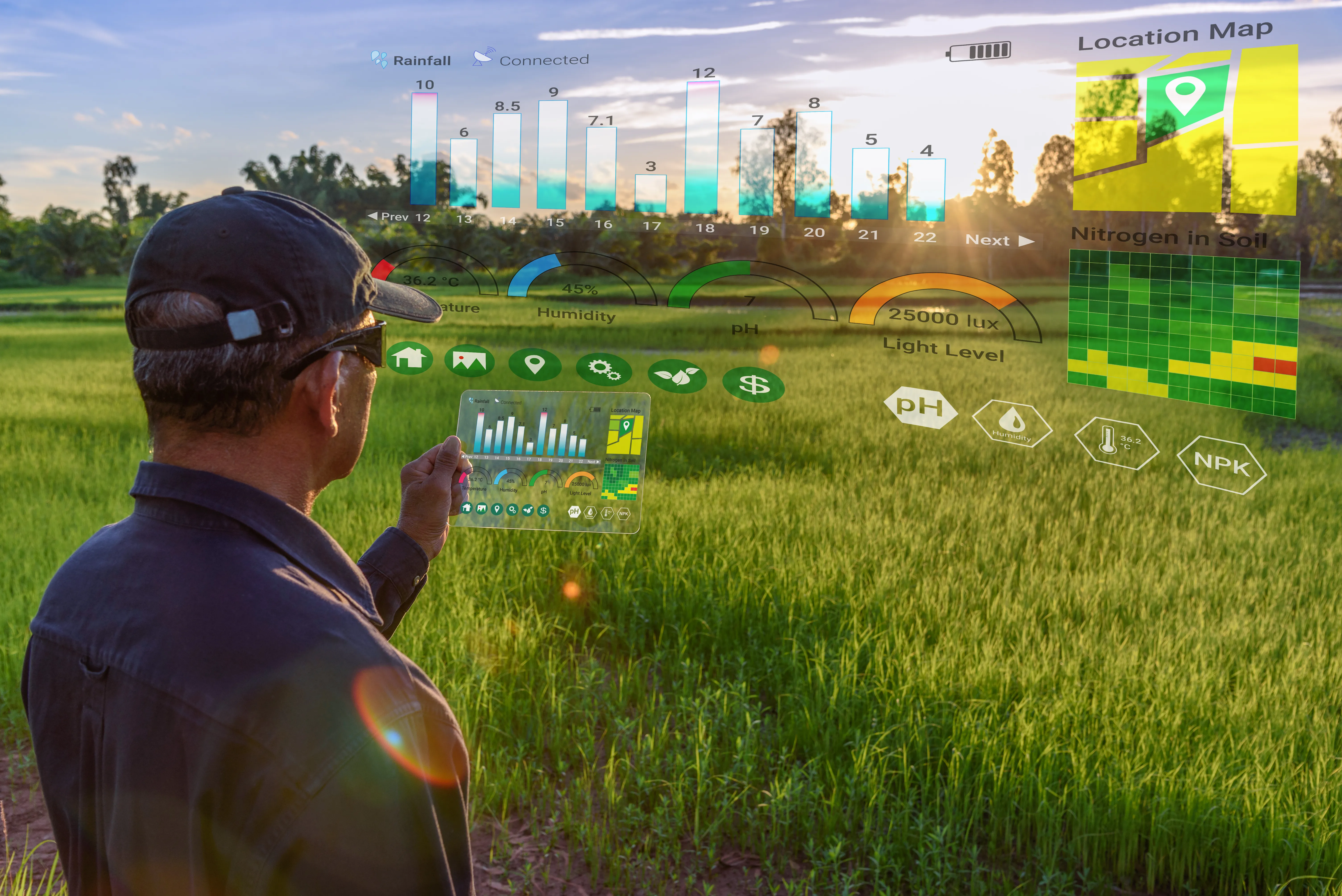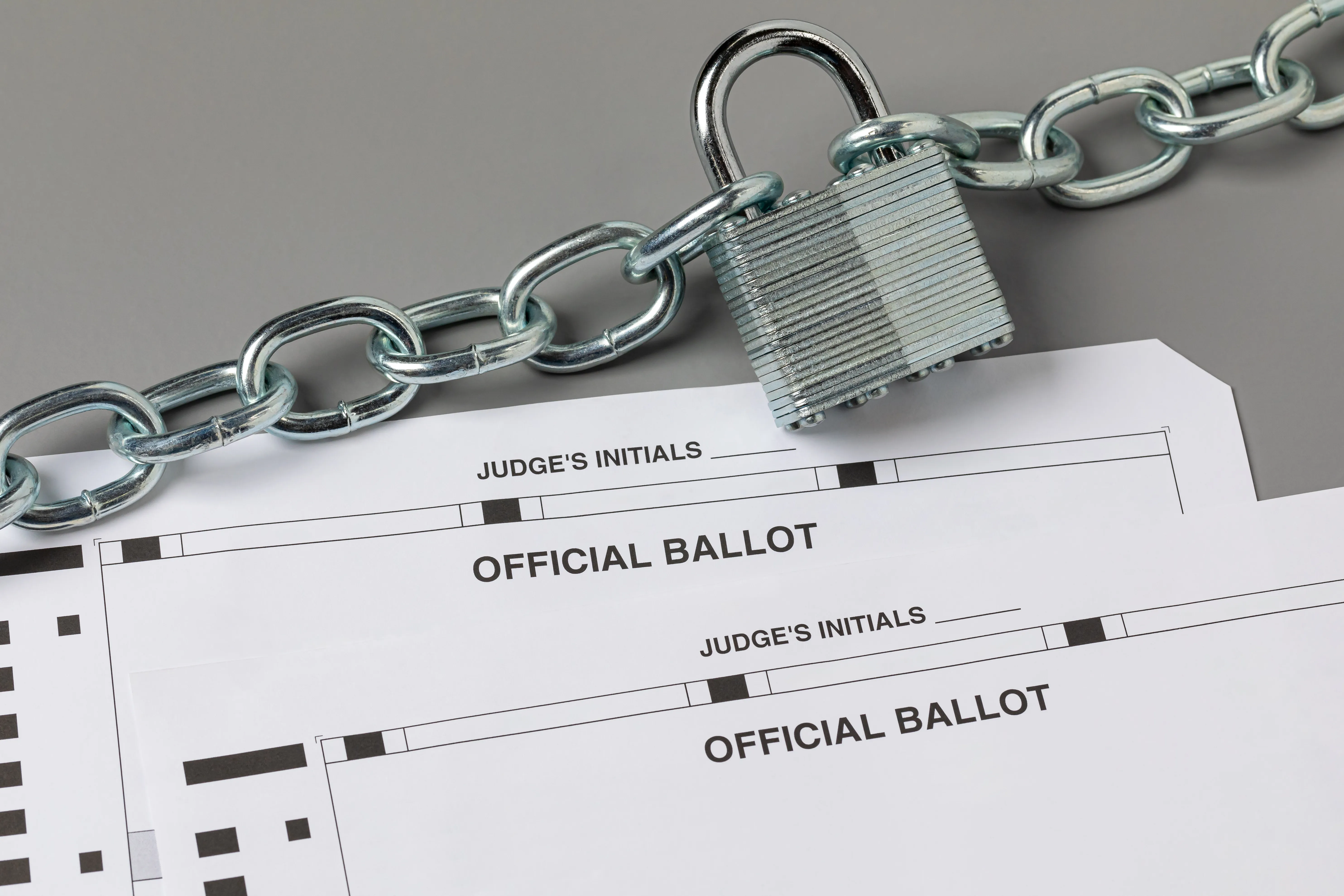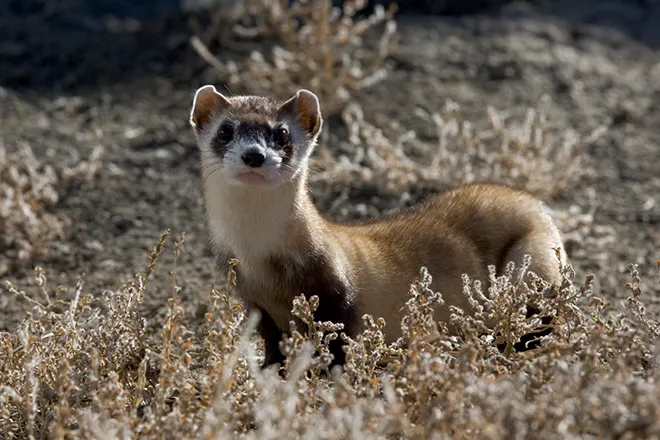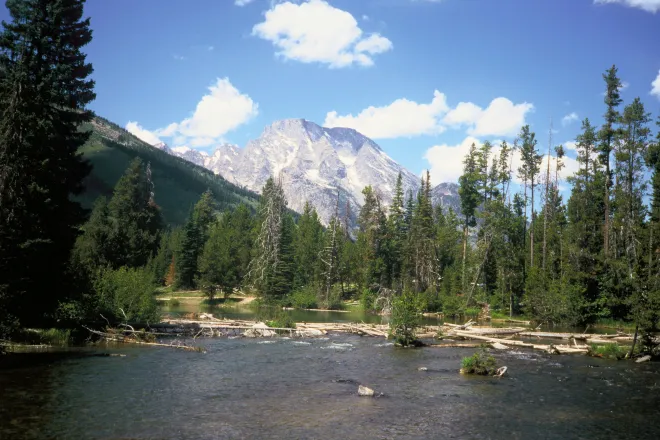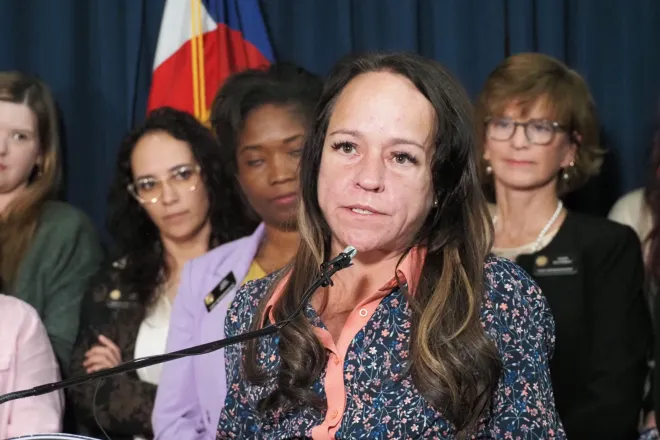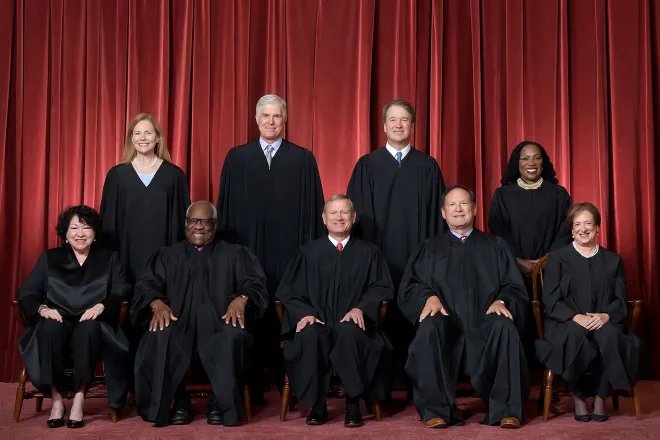
Commentary: Landmark oil and gas reform in Colorado is failing
A recent study provided further evidence that living near oil and gas wells in Colorado isn’t safe.
The study, led by Dr. Lisa McKenzie of the Colorado School of Public Health, demonstrated that children who were diagnosed with acute lymphoblastic leukemia, a type of cancer, were more likely than children without cancer to live within 8 miles of a well site. The finding aligned with earlier studies that have shown that the risk of cancer is much greater for people who live near oil and gas operations.
It also added weight to a conclusion that is increasingly unavoidable: A landmark state law adopted in 2019 that was supposed to protect the public from oil and gas development is failing.
The law brought about a long overdue mission change to oil and gas regulation in Colorado. The state’s previous official position was that its role was to “foster” oil and gas development. But, with the passage of Senate Bill 19-181, its new position was that its role is to “regulate” oil and gas development “in a manner that protects public health, safety, and welfare, including protection of the environment and wildlife resources.”

This was supposed to be an official pledge to protect residents who are at risk of illness or death due to exposure to emissions, who live near operations where spills and other accidents might occur, and against environmental degradation, including from climate change. Colorado was supposed to take the side of residents, not a polluting industry. It was supposed to serve the people, not corporations, and protect the environment, not profits.
The state has not fulfilled that commitment.
“Unfortunately, not a lot has changed,” said Micah Parkin, executive director of 350 Colorado, which works for climate solutions and environmental justice. “They’re still fracking right by and underneath communities.”
She pointed to the recent approval, by regulators on the Colorado Energy and Carbon Management Commission, of a plan for an enormous, 156-well oil and gas development in Arapahoe County adjacent to neighborhoods, schools and the Aurora Reservoir, a drinking water supply. Community members organized intense, persistent protests against the plan, but the ECMC was unswayed.
This is a pattern. There are already more than 46,000 producing wells in the state, and every year Colorado regulators grant permits for many hundreds more. Denials are rare. The rate of oil and natural gasproduction has remained roughly steady since 181’s passage, and there’s every reason to believe — given apparent regulatory capture at the state level, the existence of untapped resources in Colorado, and industry rhetoric — that production will only increase in the coming years. Oil and gas production is the single biggest contributor to greenhouse gas emissions in Colorado, according to state data.
How is any of this protective of public health and the environment?
I mean, it just seems like common sense. You don't keep digging the hole when you're already deep in it.
As industry has steamrolled new regulatory provisions, emissions have increasingly exposed Coloradans to health risks. The Front Range region has failed to meet Environmental Protection Agency ozone standards for decades, and ozone pollution — which is linked to asthma, lung disease, bronchitis, congestive heart failure and other conditions — is now so bad the state is officially in “severe nonattainment” of the standards. Oil and gas production is one of the state’s top contributors of ozone “precursors.”
It’s also a major source of benzene pollution. Benzene, associated with a higher risk of cancer and other adverse health effects, was recently found in concentrations that were 10 times above federal standards miles away from the site of a well blowout in Weld County last month.
The biggest threat of all — to Colorado and the world — is climate change, which is caused largely by combustion of fossil fuels like those being pumped out of the Colorado ground. It wasn’t until last year that state regulators got around to considering oil and gas rules that might account for the industry’s “cumulative impacts,” including on the climate. But the final rule fell far short of meaningful new protections.
As oil and gas production increasingly threatens Coloradans, residents might wonder how regulators can justify the approval of even a single new permit to drill.
“If their mission truly had changed, and they were considering public health, safety, welfare and the environment and prioritizing those things, they wouldn’t be permitting any more until we were on track to meet our climate goals, and we were on track to not be in nonattainment for ozone,” Parkin said. “I mean, it just seems like common sense. You don’t keep digging the hole when you’re already deep in it.”
Yes, that’s the view of an environmental advocate. But it’s also a view that’s implied by the plain language of state law.

